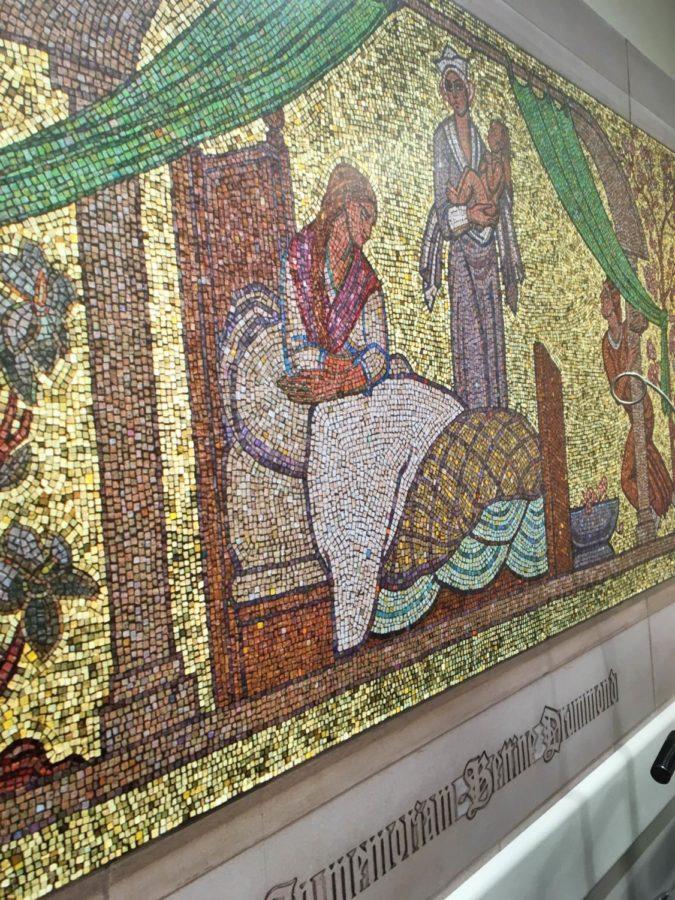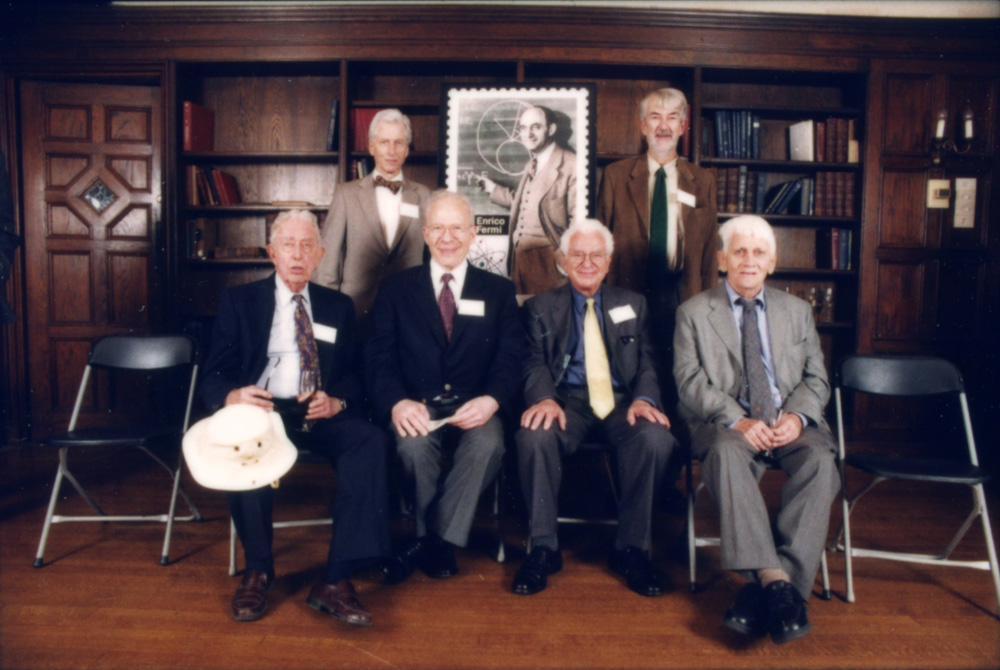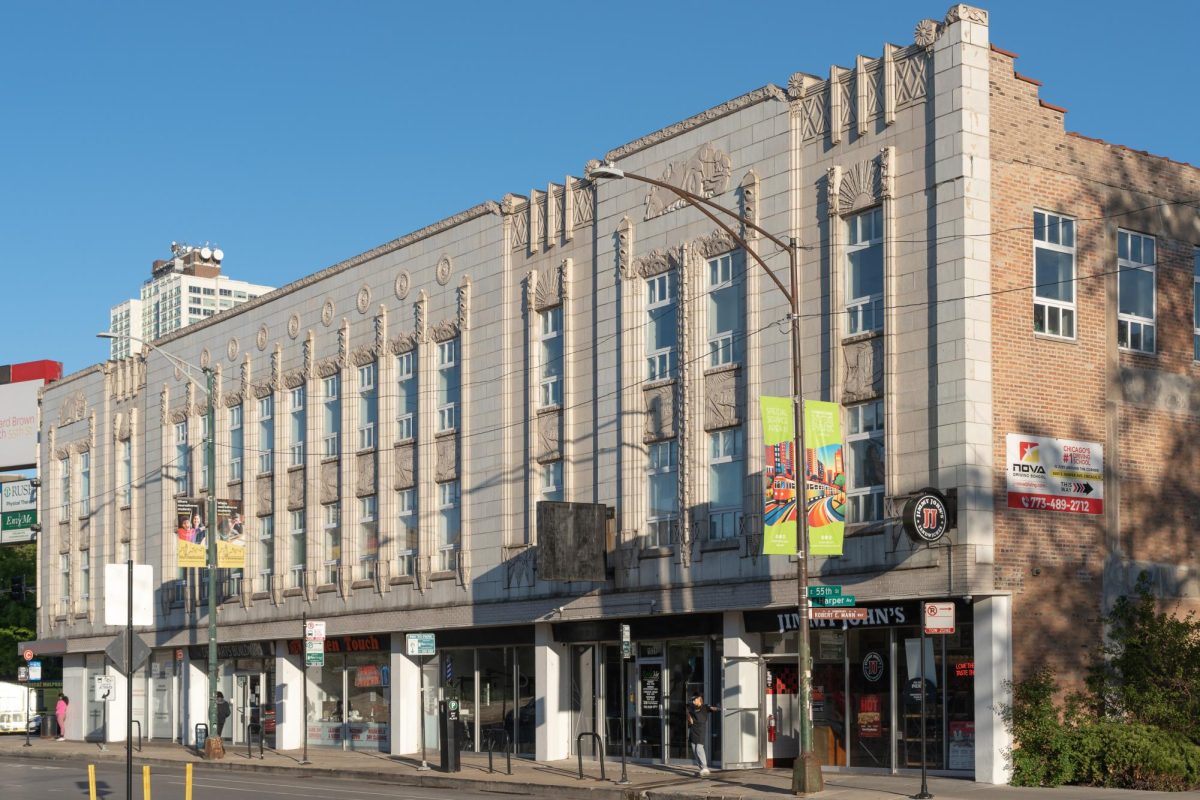The University of Chicago Medicine Comer Children’s Hospital on 58th Street unveiled their new Family Birth Center last month.
The facility, nestled in the third floor of the hospital, is state-of-the-art and welcoming. The walls are adorned with murals and photographs, and the floors are a warm hardwood.
The introduction of the Family Birth Center has streamlined the birthing process significantly. Outside, the hospital offers special parking spots denoted by a sign with a stork for emergency births. After entering through the lobby of the children’s hospital, mothers are taken directly to the birthing center, without needing to go through any ER. In the case of an unscheduled, emergency birth, patients will be taken to one of the five triage rooms offered, which offer a full scope of amenities including a television with movies and relaxing music.
Here, the patients are examined by nurses who determine whether or not they need to be admitted. The triage rooms are fully equipped for a birth, if necessary. Each triage room is flanked by a hallway on either side: one for the patients and visitors to walk down, and another for the nurses. This structure allows the medical professionals to do their work as efficiently as possible.
If admitted, the woman will be taken to one of the nine new birthing rooms. These suites are spacious and private, with a private restroom, bed, pull-out couch, TV, and an isolate bassinet. Two of the birthing rooms have tubs for patients interested in hydrotherapy during labor.
The birthing center includes a long hallway where mothers can walk to encourage labor. To motivate the woman to continue walking along the path, pictures of smiling babies are strategically placed every few feet.
Alongside the staff of doctors and nurses, Comer has a team of three midwives who are available for all stages of the birthing process.
Comer Children’s Hospital is in the process of obtaining a baby-friendly accreditation from the World Health Organization. The Baby Friendly Hospital Initiative is a program meant to encourage mothers to breastfeed their children. One of the main focuses of the program is promoting skin-to-skin care for infants. According to the International Breastfeeding Center, direct contact between the skin of a mother and baby can help to stabilize the infant’s body temperature and heart rate, as well as to expose the baby to essential bacteria that can help build its immune system.
After birth, the mother and baby are taken to Mitchell Hospital next door to stay in the Mother/Baby unit, which has been renovated over the course of the past year. In order to prevent switched-at-birth scenarios, the mother and infant are given matching tags. The baby’s tag has a sensor which will sound an alarm if it is taken past the doors of the maternity unit. As part of the Baby Friendly Initiative, the infants spend about 23 hours of the day in the room with their caretakers.
On average, mothers stay in the unit for two or three days before going home. During this time, the hospital provides an array of services to ensure that the parents are prepared to care for the child, including lactation workshops and car-seat installations.









